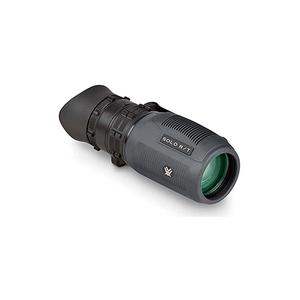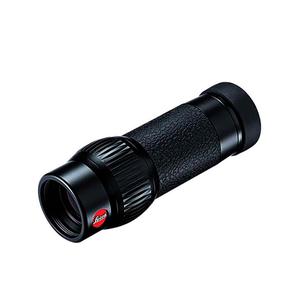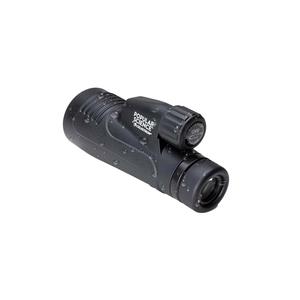What Are Monoculars
Monoculars, compact yet powerful optical devices, have transformed the way we view distant objects. Like mini-telescopes, they offer portability and magnification, yet they stand apart from binoculars by using a single lens and eyepiece, creating a two-dimensional image. This design results in a lightweight, cost-effective, and easy-to-carry alternative.
In short: Monoculars are compact optical devices designed for viewing distant objects. They function similarly to a telescope but are smaller and more portable. Unlike binoculars, which use two lenses and eyepieces, a monocular uses a single lens and eyepiece, producing a two-dimensional image. They are popular for activities like birdwatching, hiking, or sporting events due to their lightweight and easy-to-carry nature.
- Delving into How Monoculars Work
- The Versatile Benefits of Monoculars
- Understanding the Term "Monoculars"
- Choosing the Right Monocular
- Practical Applications and Examples
- FAQ about Monoculars
Delving into How Monoculars Work
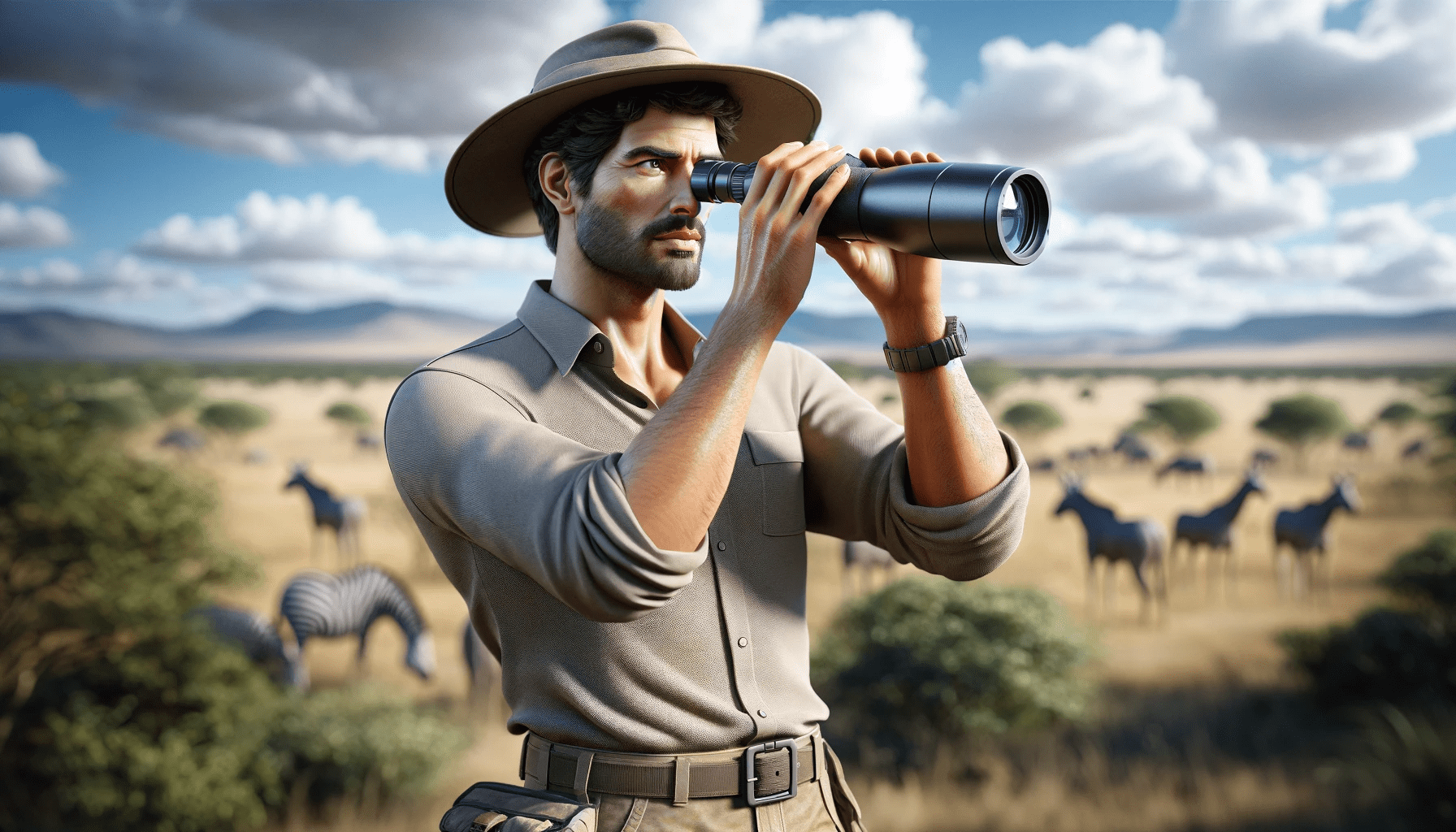
Monoculars use lenses and prisms to manipulate light, making distant objects appear closer. The large front lens, or the objective lens, captures light and forms an inverted image. This image is then corrected by a prism, which not only flips it but also reduces its size. Finally, the eyepiece lens magnifies this image for clear viewing.
Two types of prisms are prevalent in monocular design: Porro and roof prisms. Porro prisms, characterized by their zigzag shape, bounce light four times, enhancing the field of view and image brightness. Roof prisms, with a straight path, reflect light twice, resulting in a slimmer, more streamlined monocular but with a narrower view and less brightness.
The Versatile Benefits of Monoculars
Monoculars are renowned for their versatility across various applications:
Ease of Operation: With a design that allows one-handed use and single-eye viewing, they are remarkably user-friendly. Adjusting focus and zoom is straightforward, requiring just a twist of the eyepiece or body.
Adaptability for Various Uses: From birdwatching and hunting to camping and stargazing, monoculars are multifunctional. They can be mounted on tripods or combined with cameras and smartphones for enhanced functionality.
Convenience and Portability: Small enough to fit in a pocket, monoculars are ideal for travelers or anyone needing a discreet, portable viewing tool.
Affordability: Offering a range of options catering to various budgets and preferences, monoculars are generally more accessible and budget-friendly than binoculars or telescopes.
Understanding the Term "Monoculars"
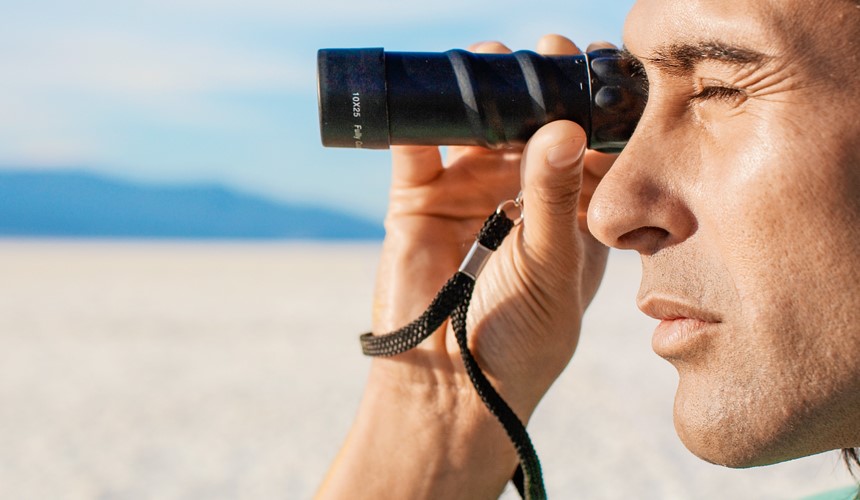
The word 'monoculars' is derived from Latin, combining "mono" (one) and "oculus" (eye), denoting a device for one eye. Interestingly, the term also refers to a condition of having vision in only one eye. Monoculars assist those with monocular vision by improving depth perception and broadening their visual experience.
Choosing the Right Monocular
Key factors to consider include:
Magnification: The level of zoom, indicated by numbers like 8x or 10x. Higher magnification offers detailed views but can reduce the field of view and stability.
Objective Lens Diameter: Measured in millimeters, a larger diameter captures more light, enhancing image quality but adding to the monocular's size and weight.
Eye Relief: Crucial for comfort, especially for eyeglass wearers. It's the distance from the eyepiece where the entire field of view is visible.
Waterproof and Fogproof Features: Ideal for outdoor use, these features ensure durability in various environmental conditions.
By the way, if you are looking for interesting monocular models, here are our top 4 best monoculars in 2024:
- 8x Magnification with 36mm Objective Lens
- Fully Multi-Coated Lenses
- R/T Ranging Reticle with Milliradian Measurements
- Compact, Rubber-Armored, and Includes Utility Clip
- Waterproof and Fogproof for Reliable Field Use
- Fits Easily in Pockets, Ideal for Travel
- Functions as Mini-Telescope or Macroscope
- Ideal for Detailed Observation of Small Objects
- Roof Prism with Phase Correction for Clear Images
- Waterproof and Nitrogen-Filled to Prevent Misting
- 12x Magnification with 50mm Objective Lens
- Multi-Coated Lenses and BaK-4 Prisms
- Waterproof, Fog-Proof with Rubber-Armored Build
- Smartphone Adapter and Bluetooth
- Ideal for Various Outdoor Activities, Tripod Adaptable
- Powerful 20x for Detailed Distance Viewing
- Waterproof, Fog-Proof, and Travel-Friendly
- Multi-Coated BaK-4 Glass for Bright, Clear Images
- Easily Capture and Share Observations
- Comfortable Twist-Up Eyecup Design
Practical Applications and Examples
Monoculars serve diverse purposes:
| User Group | Purpose of Using Monoculars |
|---|---|
| Nature Enthusiasts | Birdwatchers use monoculars for close-up views of birds without disturbing their natural habitat. |
| Hikers and Campers | Monoculars assist in navigating terrain, observing wildlife, and scouting camping locations. |
| Astronomy Beginners | They offer a lightweight, portable alternative to telescopes for basic stargazing. |
| Sports Event Spectators | Monoculars help in viewing distant details of sports events. |
| Photographers | They attach monoculars to cameras to enhance zoom for wildlife or sports photography. |
| Surveillance Professionals | Used by security personnel and private investigators for discreet observation. |
| Marine Users | Sailors and boaters use waterproof monoculars for navigation and spotting marine life. |
FAQ about Monoculars
How do I use a monocular?
To use a monocular, you need to hold it in your hand and bring it close to your eye. You can use either your dominant or non-dominant eye, depending on your preference. You should adjust the focus and the zoom by twisting the eyepiece or the body of the monocular until you get a clear and sharp image of the object you want to observe.
You can also attach the monocular to a tripod, a smartphone, or a camera, if it has the compatible mount or adapter.
How do I clean a monocular?
To clean a monocular, you need to use a soft cloth, a lens brush, and a lens cleaner. You should gently wipe the exterior of the monocular with the cloth to remove any dust or dirt. You should also use the brush to gently sweep away any particles from the lens.
You should then apply a few drops of the lens cleaner to the cloth and gently wipe the lens in a circular motion. You should avoid touching the lens with your fingers or using any abrasive or harsh materials to clean the monocular.
How do I store a monocular?
To store a monocular, you need to keep it in a dry, cool, and dark place. You should also protect it from dust, moisture, and shock by using a case, a pouch, or a bag. You should avoid exposing the monocular to extreme temperatures, humidity, or sunlight, as they may damage the optics or the body of the monocular.
You should also remove the batteries from the monocular if it has any electronic features, such as night vision or image capture, to prevent leakage or corrosion.
What Does Monoculars Mean: Conclusion
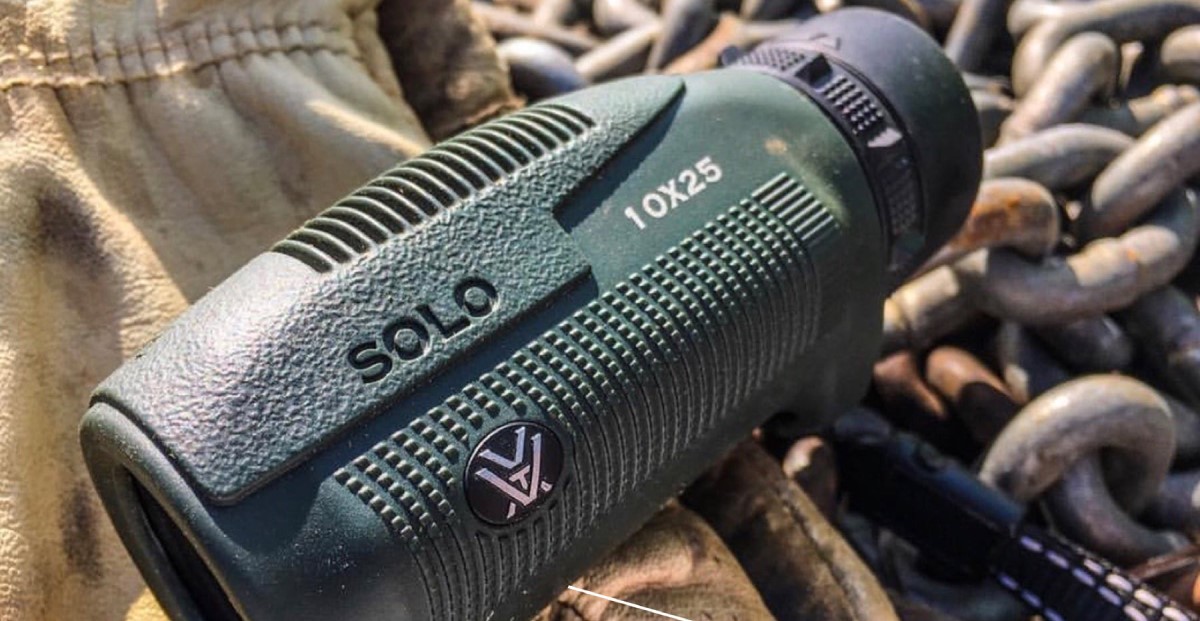
Monoculars, transcending mere optical tools, offer a window to explore, observe, and appreciate the world from afar. Their simplicity, versatility, and affordability make them accessible to a wide audience, from hobbyists and professionals to those with monocular vision.
With just one eye and one monocular, you can unlock a world of visual wonders, be it the intricacies of nature, the thrill of a sports game, or the majesty of the night sky. Monoculars, indeed, are more than just viewing devices; they are gateways to discovery and adventure.
You may also like:
